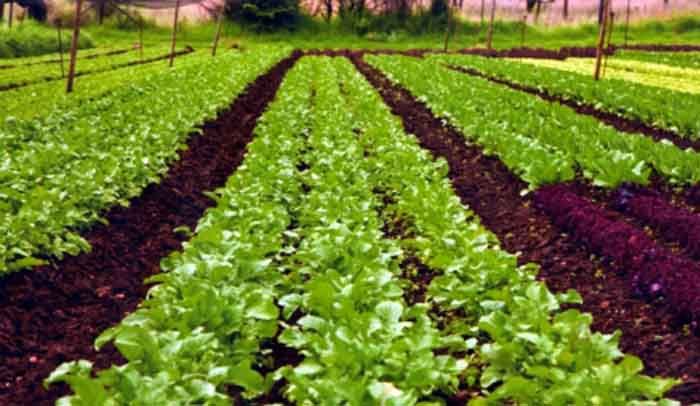Innovations in technology have rapidly and greatly changed agriculture, especially in the past 70 years. Below are some manifestations of these changes.
The Green Revolution took place in the 1960s, led by Dr. Norman Borlaug who worked since the 1940s on a growing process that permitted plants to thrive with new irrigation and crop- management techniques. This new approach reached its height in the ‘60s as new wheat varieties were made available in various countries in the world.
By 1975, the first rotary combines went into production. Their twin-rotor system allowed crops to be cut and separated in a single pass over the field. This especially benefited the harvest of corn, as it separated not just the husk and ears, but shelled kernels and chopped the stalks. Rotary combines drastically improved the efficiency of harvesting all over the globe.
1996 saw the introduction of the first GMO crops to the commercial market. Produced by Monsanto, soybeans and insect-protected cotton became available to farmers everywhere, sparking a worldwide debate on how they affect human and environmental health. This ultimately will give rise to more alternative farming methods like managed grazing and organic farming.
Today, as the new year approaches and the third decade of the new millennium, new hi-tech innovations like drones, aerial satellite imagery, greenness sensors, and soil maps are being introduced. Farmers who are quick to adopt these innovations should yield the most benefits, going forward.
Geoffrey Morell co-founded the Weston A. Price Foundation back in 1999. It is a nonprofit organization that specializes in research for better meat and dairy products. For more on alternative farming methods, go to this blog.
 |
Image source: cnbc.com
|
The Green Revolution took place in the 1960s, led by Dr. Norman Borlaug who worked since the 1940s on a growing process that permitted plants to thrive with new irrigation and crop- management techniques. This new approach reached its height in the ‘60s as new wheat varieties were made available in various countries in the world.
By 1975, the first rotary combines went into production. Their twin-rotor system allowed crops to be cut and separated in a single pass over the field. This especially benefited the harvest of corn, as it separated not just the husk and ears, but shelled kernels and chopped the stalks. Rotary combines drastically improved the efficiency of harvesting all over the globe.
1996 saw the introduction of the first GMO crops to the commercial market. Produced by Monsanto, soybeans and insect-protected cotton became available to farmers everywhere, sparking a worldwide debate on how they affect human and environmental health. This ultimately will give rise to more alternative farming methods like managed grazing and organic farming.
 |
Image source: businesskorea.co.kr
|
Today, as the new year approaches and the third decade of the new millennium, new hi-tech innovations like drones, aerial satellite imagery, greenness sensors, and soil maps are being introduced. Farmers who are quick to adopt these innovations should yield the most benefits, going forward.
Geoffrey Morell co-founded the Weston A. Price Foundation back in 1999. It is a nonprofit organization that specializes in research for better meat and dairy products. For more on alternative farming methods, go to this blog.

















